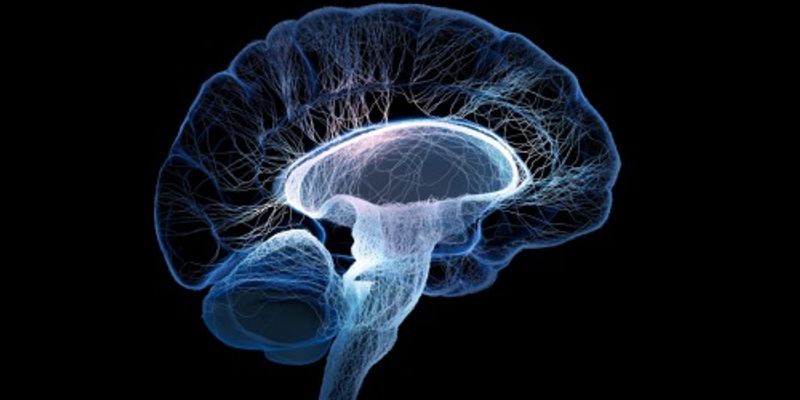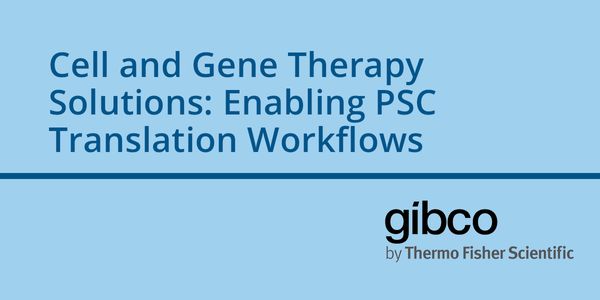Neural Plasticity: (also known as brain plasticity and neural plasticity) can be defined as the ability of the central nervous system (CNS) to adapt in response to changes in the environment or lesions. The human brain has the astonishing ability to reorganize itself by forming new connections between brain cells (neurons).
-
Brain wave synchronization, also called neuronal coherence, is a fundamental mechanism of communication in the brain, where synchronized field potentials coordinate synaptic and spiking even...
Date: June 10, 2021 Time: 10:00am (PDT), 1:00pm (EDT) Microglia, the primary brain macrophages, regulate a plethora of processes that impact the organization of neural circuits, including sy...
Identifying the diversity of neuronal cell types of the nervous system is one of the main objectives of the BRAIN Initiative, with the vision that distinct neuronal identities will allow for...
Learning is often an emotional process. Emotional stimuli with different valences, such as threat and reward, can transform an otherwise neutral sensory input into one that can trigger disti...
Plasticity in the brain is very extensive due to the brain’s parallel architecture and synaptic reorganization capabilities. Because neuronal populations are typically in stable low e...
Neurotechnology promises a way to repair the damaged nervous system that requires a merger of neuroscience, engineering and clinical knowledge. Brain Computer Interfaces can now read out the...

















